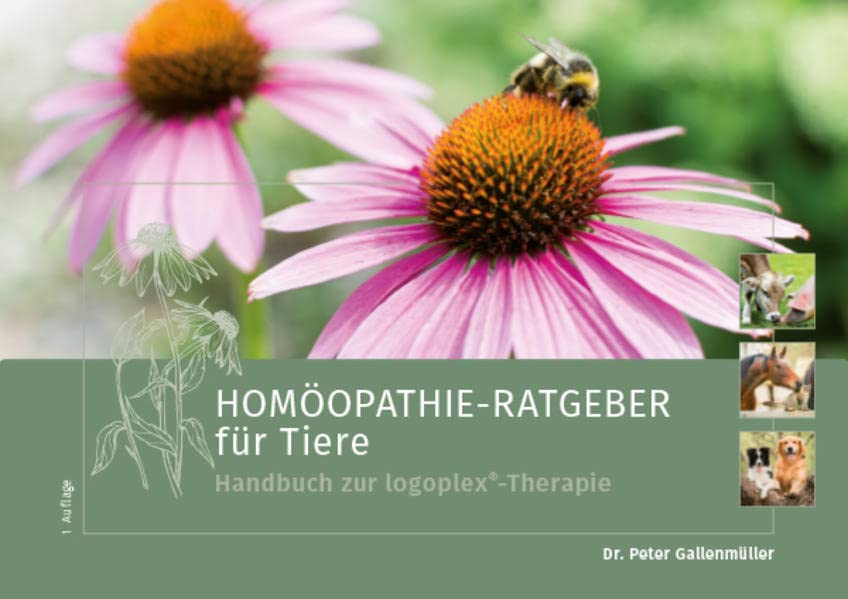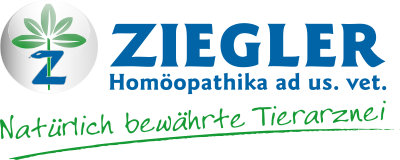Homeopathy guidebook

The new homeopathy guide is now available to interested therapists. Here, users can quickly find the appropriate veterinary remedy.
This book is available under the
ISBN-13:
at Amazon for 9,80 EUR available.
Quickly find the right remedy – cure animal diseases – treat without residues and waiting time? The manual to the Logoplex® therapy gives answers.
It was the special achievement of Samuel Hahnemann, a comprehensively educated physician, pharmacist, chemist, medical historian and university lecturer from Meissen, to research, record and make practicable the knowledge of his time about diagnostics, healing powers, herbs and medicines and their modes of action in the 18th century in a comprehensive work, the “Organon of rational medicine”. In around 300 paragraphs and the accompanying notes, Hahnemann formulated the basic principles of what he himself called homeopathy.
The basics of homeopathy
Similla similibus curentur – “Let likes be cured by like” is the first rule of homeopathy: “In order to cure gently, quickly, certainly and permanently, choose in every case of disease a remedy which can excite a similar complaint for itself as it is intended to cure.” .” In addition to the law of similars, the principles of homeopathy include remedy testing on healthy subjects, dosage theory, and individualization. Hahnemann found, among other things, that certain methods of diluting, shaking or triturating active substances reduce the toxic effect on the one hand, but on the other hand potentiate their healing effect “in accordance with the Simile principle.”
Successful therapy also for animals
After almost 200 years, the treatment of large and small animals with homeopathic veterinary medicines is now an integral part of veterinary and agricultural practice. This is especially true where animals are used for the production of food, because the small amounts of medicine also contribute to the economic success of the therapy and leave no residues in the treated animal body. The specific application possibility as well as the healing prospects move more and more veterinarians and therapists to treat animals with homeopathic remedies. Among other things, this is so easily possible because almost all disciplines of medicine, as long as they do not exclusively and specifically concern humans, are also relevant in veterinary medicine. For there is no fundamental difference between the diseases of man and animals, apart from the different anatomy. In the present manual, care has been taken in many respects to simplify for the therapist the use of the homeopathic veterinary remedies, which offer a wide range of treatment possibilities. It describes the application of the combination remedies – the “logoplexes” – and single remedies of the ZIEGLER company, which have proven themselves over many years and thousands of applications in the homeopathic practice of large and small animals. Great importance was deliberately attached to clarity, such as the classification according to animal species, and handiness.
